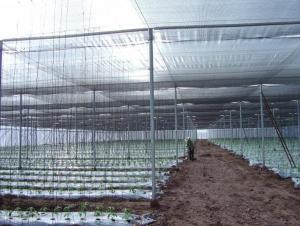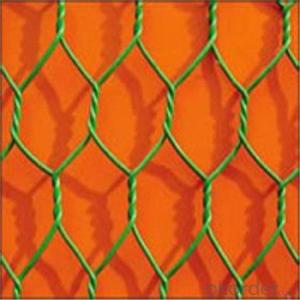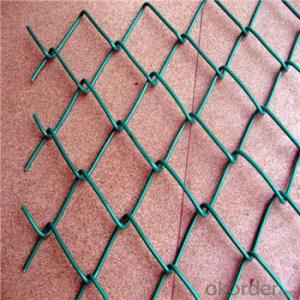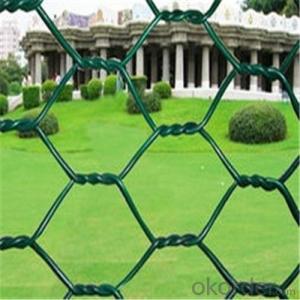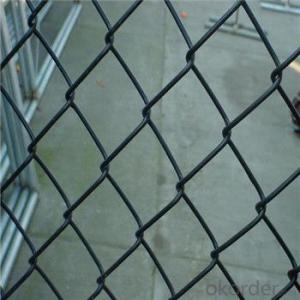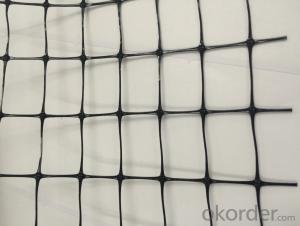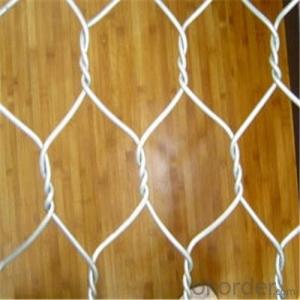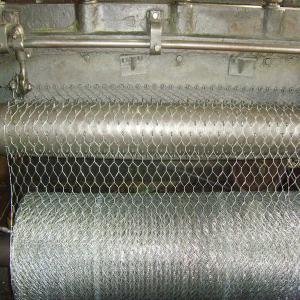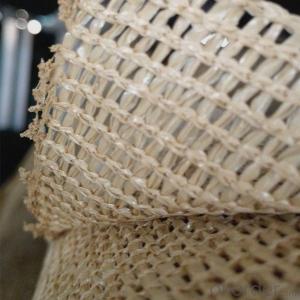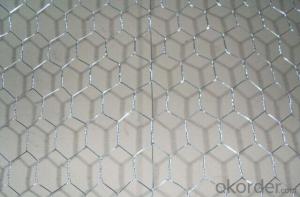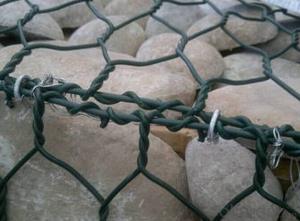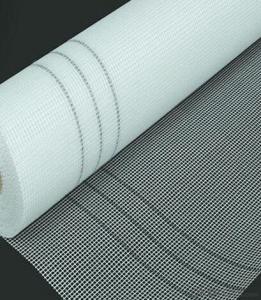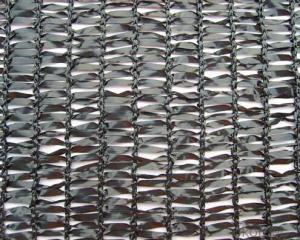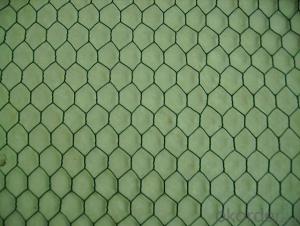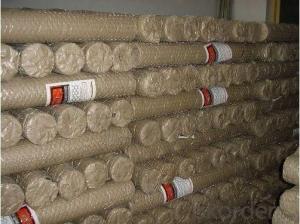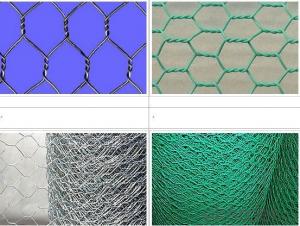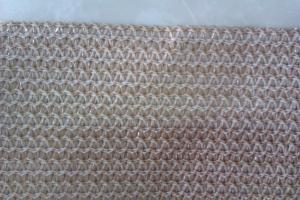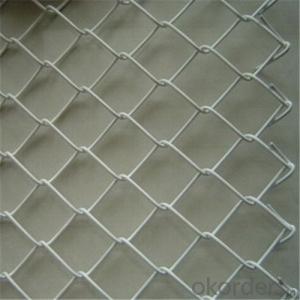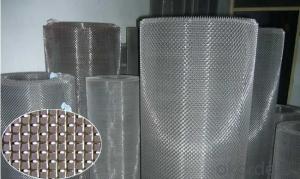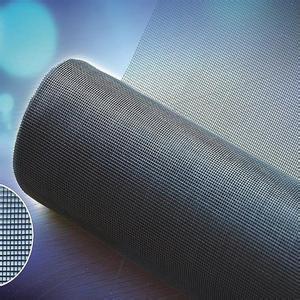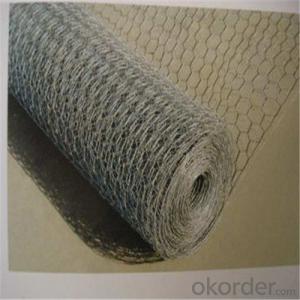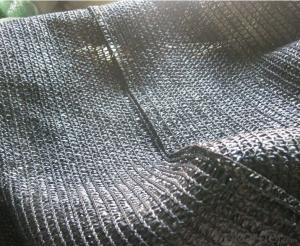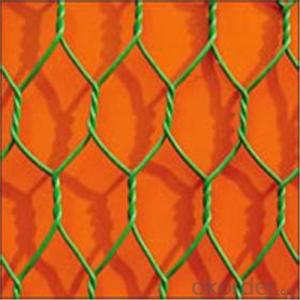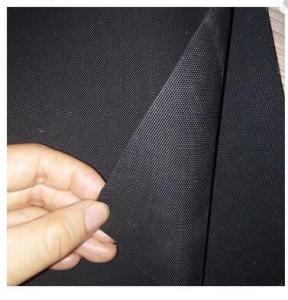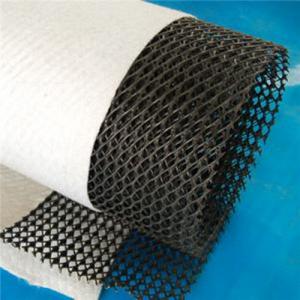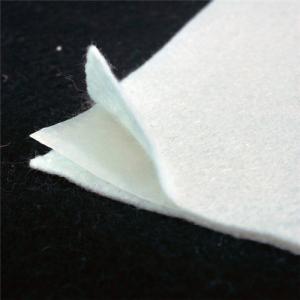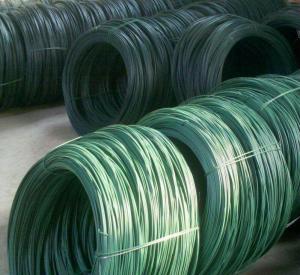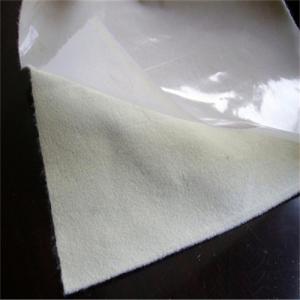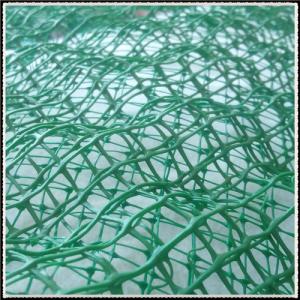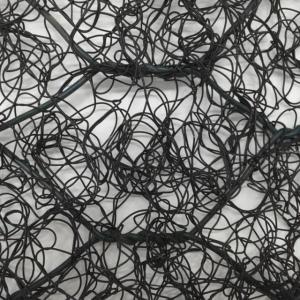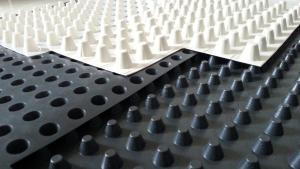Vexar Netting
Vexar Netting Related Searches
Chicken Wire Stainless Steel Aluminium Modelling Mesh Plastic Garden Netting Uk Plastic Safety Netting Rigid Plastic Netting Plastic Deer Netting Raschel Mesh Poly Tube Netting Barrier Fence Netting Protective NettingHot Searches
Sun Chairs For Sale Garden Slabs Sale Garden Bench Sale Wire Netting Prices Garden Supply Company Catalog Local Garden Supply Stores Shade Netting Manufacturers South Africa Agricultural Netting Suppliers Used Electrical Wire For Sale Watch The Wire Online Season 4 Watch The Wire Free Online Watch The Wire Remastered Online Used Hotel Furniture Online Wire Netting Prices Wire App Store Shade Netting Manufacturers South Africa Agricultural Netting Suppliers Aluminium Wire Mesh Manufacturers India Wire Netting Prices Lighting Supplier SingaporeVexar Netting Supplier & Manufacturer from China
Okorder.com is a professional Vexar Netting supplier & manufacturer, offers integrated one-stop services including real-time quoting and online cargo tracking. We are funded by CNBM Group, a Fortune 500 enterprise and the largest Vexar Netting firm in China.Hot Products
FAQ
- Geosynthetic panels can be used in dam rehabilitation projects for various purposes, such as erosion control, slope protection, and seepage control. These panels are placed on the surface of the dam or along its slopes to prevent soil erosion and stabilize the structure. They also help in reducing water infiltration and controlling seepage, thus improving the overall performance and safety of the dam. Additionally, geosynthetic panels can be used to reinforce weak areas of the dam, enhancing its strength and stability.
- Yes, geocells can be used for load support in pavements. Geocells are three-dimensional honeycomb-like structures made from high-density polyethylene (HDPE) that are filled with soil, aggregate, or other materials. They provide confinement and stabilization to the fill material, increasing its load-bearing capacity and reducing lateral movement. Geocells are an effective and sustainable solution for enhancing pavement performance, reducing rutting, and improving overall road stability.
- Geotextile tubes offer several advantages for shoreline stabilization. Firstly, they provide an effective barrier against erosion by trapping sediment and preventing it from being washed away. This helps to maintain the natural profile of the shoreline. Additionally, geotextile tubes are flexible and can adapt to the changing shoreline conditions, making them suitable for dynamic environments. They are also cost-effective compared to traditional methods, as they require less maintenance and can be easily installed. Moreover, geotextile tubes are environmentally friendly, as they are made from durable materials that are resistant to degradation and do not release harmful chemicals into the surrounding ecosystem. Overall, the use of geotextile tubes for shoreline stabilization offers a sustainable and efficient solution that benefits both the environment and coastal communities.
- Geotextile bags have various applications in erosion control, including shoreline protection, slope stabilization, and riverbank reinforcement. They are used to prevent soil erosion and retain sediment, thus reducing the impact of water flow on vulnerable areas. Additionally, geotextile bags can be filled with sand or other materials to create barriers that absorb and dissipate wave energy, thereby safeguarding coastlines and preventing further erosion.
- Yes, earthwork products can be used in greenway development. Earthwork products such as soil, gravel, and mulch can be utilized for landscaping, trail construction, erosion control, and other environmental enhancements in greenway projects. These materials help with grading, drainage, and stabilizing the terrain, creating a sustainable and functional greenway for recreational and ecological purposes.
- There are several different types of retaining walls, including gravity walls, cantilever walls, sheet pile walls, anchored walls, and counterfort walls. Each type has its own specific design and construction method, depending on the site conditions and the desired function of the wall.
- Geonets have various applications in stormwater detention systems, primarily for erosion control and water drainage. They are commonly used as a filter and drainage layer in stormwater detention ponds or basins to prevent soil erosion and filter out sediment and pollutants. Geonets also provide stability and reinforcement to the soil, preventing the collapse or erosion of embankments or slopes. Additionally, they can be used to separate different layers of soil or aggregate, improving the overall performance and functionality of the stormwater detention system.
